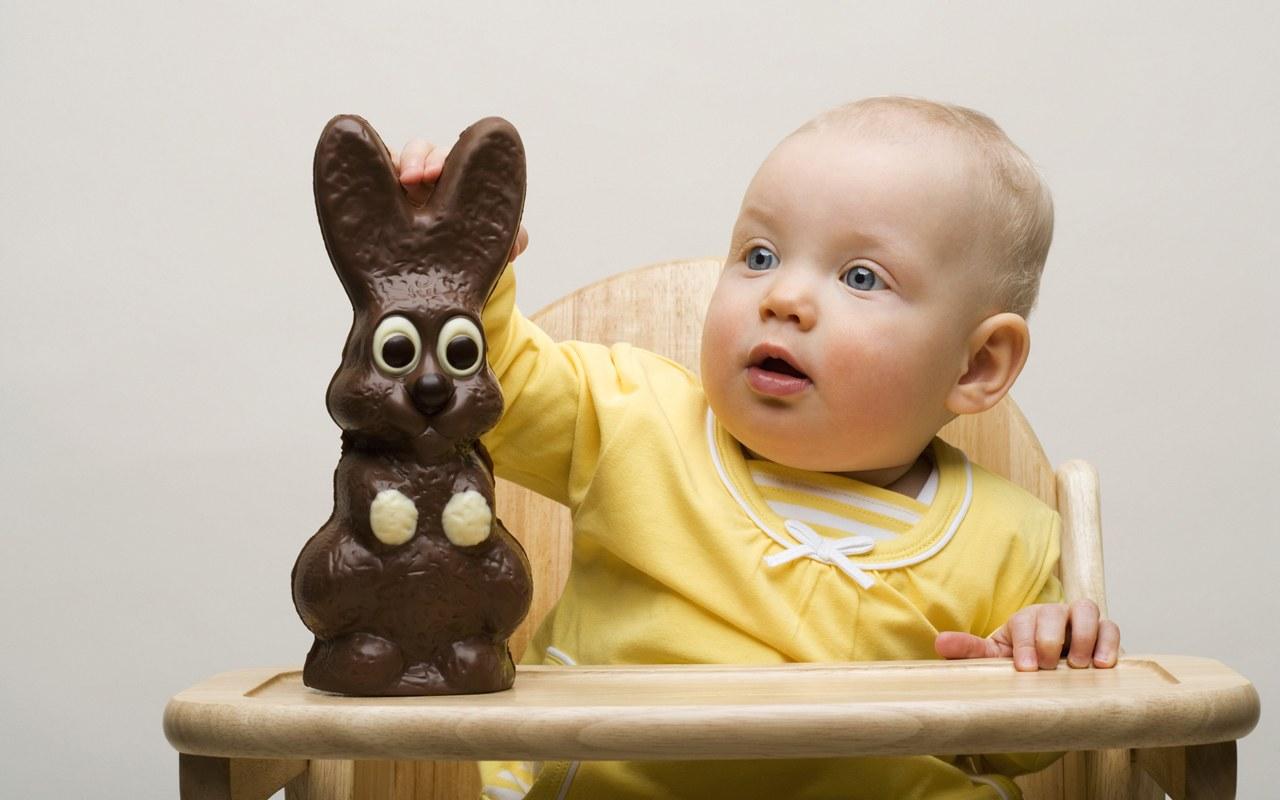
- Choose toys that can be used in a variety of ways. Toddlers love to take apart, put back together, pull out, put in, add on, and build up. Choose toys that are “open-ended” in the sense that your child can play many different games with them. For example, wooden blocks or chunky plastic interlocking blocks can be used to make a road, a zoo, a bridge or a spaceship. Toys like this spark your child’s imagination and help him develop problem-solving and logical thinking skills.Examples: Blocks, interlocking blocks, nesting blocks or cups, and toys for sand and water play
- Look for toys that will grow with your child. We all have had the experience of buying a toy that our child plays with for two days and never touches again. You can guard against that by looking for toys that can be fun at different developmental stages. For example, small plastic animals are fun for a young toddler who may make a shoebox house for them, while an older toddler can use them to act out a story she makes up.Examples: Plastic toy animals and action figures, toddler-friendly dollhouses, trains and dump trucks (and other vehicles), stuffed animals and dolls
- Select toys that encourage exploration and problem-solving. Play gives children the chance to practice new skills over and over again. Toys that give kids a chance to figure something out on their own—or with a little coaching—build their logical thinking skills and help them become persistent problem-solvers. They also help children develop spatial relations skills (understanding how things fit together), hand-eye coordination, and fine motor skills (using the small muscles in the hands and fingers).Examples: Puzzles, shape-sorters, blocks, nesting blocks or cups, art materials like clay, paint, crayons or play-dough



